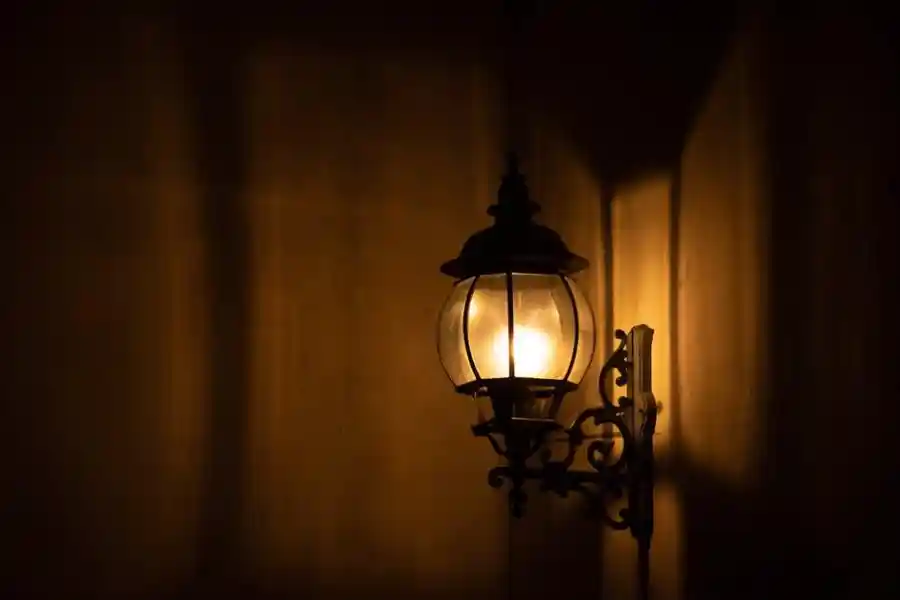Shedding Light on Visual Lighting: A Comprehensive Guide
Ever walked into a room and felt an immediate sense of warmth and comfort, all because of the lighting? Visual lighting isn’t just about installing bulbs and fixtures. It is an art that transforms spaces and impacts moods.
This blog post is your comprehensive guide to understanding everything about visual lighting. Whether you’re an interior designer or a homeowner looking to revamp your space, you’ll find valuable insights here to brighten up your world.
Let’s begin!
Understanding Light Sources
When it comes to visual lighting, the first thing you need to understand is the different types of light sources available. These include natural light from the sun, artificial light from electric bulbs and LED light designs, and ambient light from reflective surfaces.
Each type of source has unique characteristics and can be used to achieve different effects in a space. For example, natural light is great for creating a bright and airy atmosphere, while warm artificial light is perfect for creating a cozy and inviting ambiance.
Color Temperature and Mood
One of the most important aspects of visual lighting is its color temperature, which is measured in Kelvin (K). This refers to the warmth or coolness of a light source and can greatly impact the mood and atmosphere of a room.
Lights with lower K values (ranging from 1,000-3,500K) have a warm tone that creates a sense of coziness and relaxation. On the other hand, lights with higher K values (ranging from 5,000-6,500K) have a cool tone that gives off a bright and energetic vibe.
As an interior designer or homeowner, understanding color temperature can help you choose the right lighting to achieve the desired mood in a space. Any design light, whether it’s a pendant light or a floor lamp, is available in different color temperatures and can be easily swapped out to change the look and feel of a room.
Light Intensity and Distribution
Another crucial factor to consider in visual lighting is the intensity and distribution of light. This refers to the amount of light emitted from a source and how it spreads throughout a room.
For example, task lighting requires high intensity and focused distribution to provide ample illumination for activities such as reading or cooking. On the other hand, ambient lighting needs lower intensity and diffused distribution to create a soft glow that sets the mood in a space.
Aesthetics and Design
Visual lighting is not just about function but also aesthetics. The type of fixtures and placement of lights can greatly impact the overall design of a space.
For instance, track lighting can give a space a more contemporary and industrial vibe, while pendant lights or chandeliers can lend an air of elegance. It’s crucial to take design and function into account when selecting lighting for a room. Whether you are looking at outdoor lighting by Davide Groppi or other brands, make sure it aligns with your overall design vision.
Discover the Benefits of Visual Lighting
Visual lighting is an essential element of any space and goes beyond just providing illumination. It has the power to transform a room, create different moods, and enhance the overall design.
By understanding the various aspects of visual lighting, you can make informed decisions when it comes to choosing the right lighting for your space. So go ahead and let there be light!
Should you wish to explore other reads, head to our blog page. We’ve got more!

